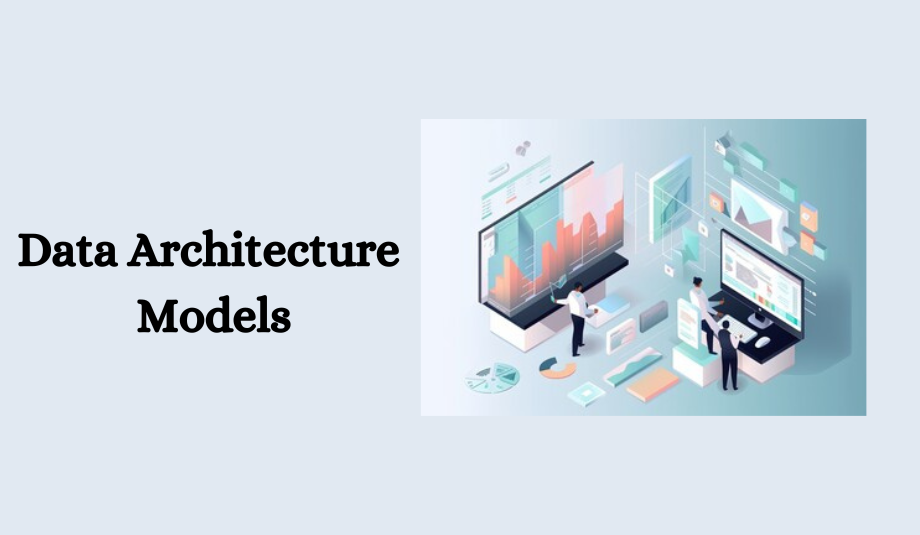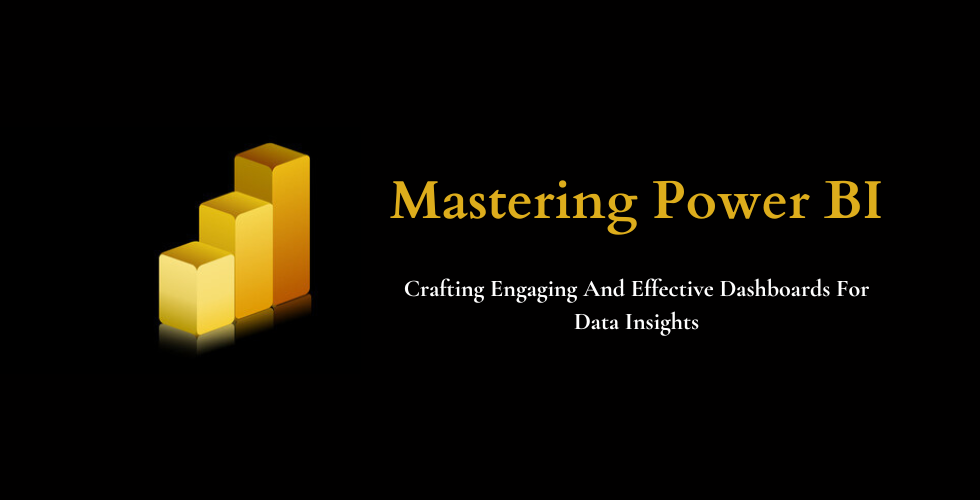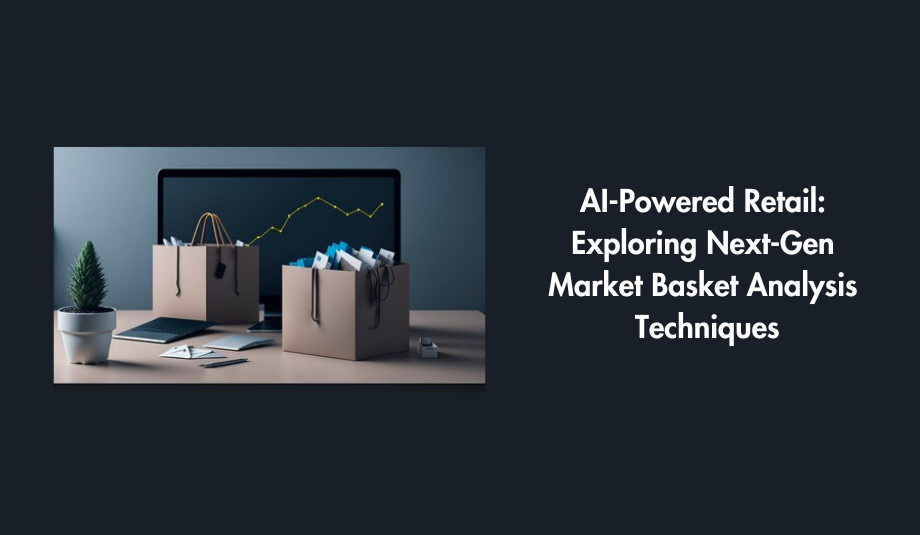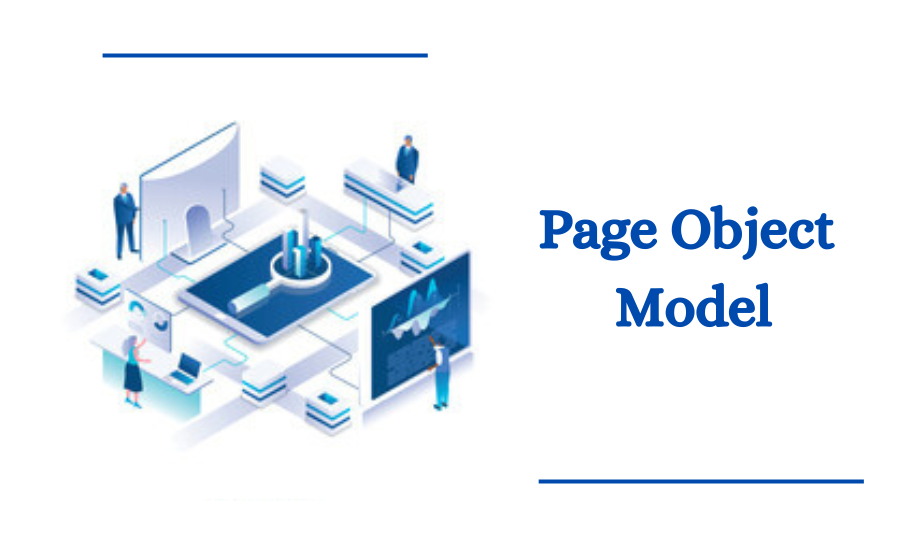Data Architecture Models

Navigating the Data Landscape: Exploring Cutting-Edge Data Architecture Models
In the dynamic world of data management, organizations are continually faced with the challenge of selecting the most suitable data architecture to meet their evolving needs. The decision hinges on factors like data accessibility, analysis efficiency, and overall organizational agility. In this blog post, we'll explore three prominent data architectures: Data Warehouse, Data Lake, and Data Lakehouse, and delve into their unique attributes to empower you with the knowledge needed for informed decision-making.
Data Warehouse
A Data Warehouse is a structured and optimized repository that stores processed and organized data, typically sourced from different systems within an organization. It is designed for efficient querying and analysis.
Key Characteristics:
- Structured Data: Data Warehouses organize data into predefined schemas, making it suitable for analytical queries.
- Performance: Designed for fast and efficient query processing, enabling quick access to business intelligence.
- Data Aggregation: Aggregates and summarizes data for reporting and analysis purposes.
Data Lake
Using a centralized repository called a data lake, businesses can store enormous volumes of unstructured, raw data in its original format. It provides a cost-effective solution for storing large volumes of data without preprocessing.
Key Characteristics:
- Scalability: To handle the constantly expanding volumes of data, data lakes have the potential to extend horizontally.
- Flexibility: Supports diverse data types and formats, from structured to unstructured, enabling storage of raw data.
- Cost Efficiency: Cost-effective storage for massive datasets without the need for upfront data modeling.
Data Lakehouse
The Data Lakehouse amalgamates the Data Lake and Data Warehouse concepts. It seeks to combine the flexibility of a Data Lake with the structured processing capabilities of a Data Warehouse.
Key Characteristics:
- Unified Platform: This brings together the strengths of Data Lakes and Data Warehouses to provide a unified platform for storing and processing data.
- Schema Enforcement: Introduces schema enforcement on read, combining the flexibility of Data Lakes with the structured nature of Data Warehouses.
- Analytical Capabilities: Enables efficient analytical processing while maintaining the ability to store raw and unstructured data.
Comparison of 3 architecture models
|
Characteristic |
Data Warehouse |
Data Lake |
Date Lake house |
|
Raw or processed data |
Processed Data |
Raw Data |
Raw and Processed data |
|
Data Structure |
Structured Data |
Structured, Semi-Structured, Unstructured |
Structured, Semi-Structured, Unstructured |
|
Purpose |
Best for business intelligence purposes (BI) and data analytics use cases |
Perfect for tasks such as artificial intelligence (AI) and machine learning (ML) |
Ideal for workloads involving machine learning and data analytics |
|
Data Quality |
Highly curated data, reliable |
Raw Data, Low Quality and Not Reliable |
Top-notch curated data with built-in data governance |
|
Storage |
Costly and time-consuming |
Cost-effective, rapid, and flexible |
Cost-effective, rapid, and flexible |
|
Schema |
Schema on Write |
Schema on Read |
Schema Enforcement |
Exploring Key Scenarios and Use Cases
Data Lakes:
Use Case 1: Raw Data Storage and Exploration
Challenge: Organizations generate a plethora of raw, unstructured data from sources like logs, IoT devices, and social media feeds. Efficiently storing this data for future analysis and exploration poses a significant challenge.
Solution: Establish a data lake to store raw data in its native format, providing a centralized repository for diverse data types.
Benefits:
- Long-term storage for future analysis or unforeseen business needs.
- Facilitates exploration and discovery of valuable insights from raw data.
Use Case 2: Data Science and Machine Learning
Challenge: Data scientists often struggle with the complexities of data structure when experimenting with different algorithms and models for machine learning.
Solution: The data lake acts as a unified platform, allowing data scientists to access and experiment with data without concerns about its structure.
Benefits:
- Efficient training of machine learning models on large volumes of diverse data.
- Accelerated model development and experimentation.
Use Case 3: Real-time Analytics and Reporting
Challenge: The need for real-time insights from streaming data, such as website traffic, customer behavior, or system performance metrics, requires a robust and responsive data management solution.
Solution: Incorporate real-time data streaming capabilities into the data lake architecture.
Benefits:
- Enables monitoring of website traffic, real-time customer behavior analysis, and live system performance metrics.
- Facilitates the generation of timely reports and dashboards.
Data Warehouse:
Use Case 1: Data Warehousing for Structured Data Analysis
Challenges: Fragmented structured data across disparate systems creates inconsistency in formats and quality. Timely extraction and consolidation of data for reporting pose challenges.
Solution: Implement a data warehousing solution that aggregates structured data from diverse sources into a unified repository.
Benefits:
- Enables comprehensive analysis by creating a centralized, unified view of structured data.
- Ensures consistent, clean, and accurate data for generating financial reports, sales analyses, and operational dashboards.
Use Case 2: Historical Data Retention in Data Warehousing
Challenges: Balancing regulatory compliance, resource-intensive management of extensive historical data, and ensuring seamless accessibility for trend analysis poses a multifaceted challenge in data governance.
Solution: Leverage a data warehousing solution to store historical data in a structured format, providing easy retrieval and compliance adherence.
Benefits:
- Meets regulatory requirements by securely retaining historical records in an organized manner.
- Enables long-term trend analysis for informed decision-making.
- Facilitates quick retrieval of historical data when needed for various purposes.
Use Case 3: Data Warehousing for Business Intelligence and Decision Support
Challenges: Optimize strategic decision-making by addressing data quality issues, enhancing query performance, and achieving data centralization for seamless access to consolidated information from diverse sources
Solution: Implement a data warehousing solution optimized for clean, transformed data suitable for business intelligence and decision support.
Benefits:
- Provides a centralized location for executives to access reliable and consistent data.
- Empower executives to make informed, strategic decisions based on accurate and timely information.
- Optimizes query performance, ensuring quick access to the necessary data for analysis.
Data Lakehouse
Use case 1: Unified Analytics Platform:
Challenges: Seamlessly integrating structured and unstructured data and ensuring data quality and governance across diverse data types is a complex task that requires a comprehensive and adaptable approach.
Solutions:
- Implementing robust data integration pipelines.
- Establishing clear data governance policies and monitoring mechanisms.
Benefits:
- Advanced analytics with a holistic view of both historical and real-time data.
- Improved decision-making through comprehensive data insights.
Use case 2: Scalable Processing and Storage:
Challenges:
Addressing the dual challenge of efficiently managing big data and structured data, while ensuring scalability to accommodate expanding data volumes..
Solutions:
- Utilizing modern data processing frameworks (e.g., Apache Spark).
- Implementing scalable storage solutions, such as distributed file systems.
Benefits:
- Processing large data volumes for complex analytics and machine learning.
- Cost-effective scalability to accommodate future data growth.
Usecase 3: Real-time Data Insights:
Challenges: Balancing the flexibility to handle streaming data with structured data needs and ensuring timely analysis for real-time decision-making.
Solutions:
· Implementing real-time data processing capabilities.
· Integrating tools for continuous monitoring of streaming data.
Benefits:
· Responsive analysis of changing customer behavior.
· Swift response to market trends for agile decision-making.
Navigating the Depths: Unveiling the Power of a Data Lakehouse in the Modern Era.
Choosing the right data architecture is pivotal for organizations striving to harness the power of their data. The Data Lake, Data Warehouse, and Data Lakehouse architectures each have their unique strengths and challenges. By understanding their characteristics, you can make informed decisions that align with your organization's specific needs and use cases.
Whether it's the flexibility of a Data Lake, the efficiency of a Data Warehouse, or the unified approach of a Data Lakehouse, the right choice will pave the way for actionable insights and data-driven decision-making in your organization's journey through the data landscape.



